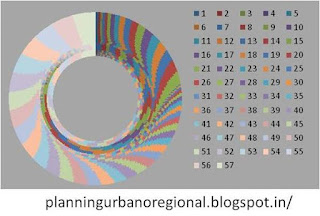ANDHRA PRADESH
ITES destination
Industrial estates
Abundant energy
World-class academic institutions
Storehouse of minerals
ASSAM
Comprehensive central investment policy for NER
Liberalised state industrial policies,
Skilled and cheap manpower
Pleasant climate and scenic landscape
Locational advantage for foreign trade
CHHATTISGARH
Power surplus
Availability of low grade coal-power plants
Ample amount of land
HARYANA
High per capita income
Proximity to trade and consumption centers in country- NCR
Automobiles and automotive components
IT/ITES facilities /software,
Textiles and readymade garments
Property development and retailing
Agro export
HIMACHAL PRADESH
High incentives index
Consumer market index
Most urbanised state
Low power tariff and cost of power generation
Policy proactiveness
Availability of natural resources for agro-based industries
High literacy rates and good quality workforce
High quality limestone
JAMMU & KASHMIR
Concessional land rates for industries on lease
Large tourism potential
Horticulture industry
Skills of weaving and designing of textile products,
Traditional skills of fine craftsmanship can be used in the field of electronic and precision engineering.
KARNATAKA
Proactive government
Sector-friendly policies
Large pool of skilled manpower
Best infrastructure
Larger focus on industrial growth
KERALA
High literacy rate
Largest producer of coconut, pepper, coir, cocoa, rubber and areca nut
MADHYA PRADESH
Law and order
High growth in infrastructure development..
High growth in agriculture
Good governance.
Centrally located, / accessible
Low cost of skilled labor
Low cost of land
Cement, textiles and edible oils.
Track record of attracting private investment in transport infrastructure
Initiated greenfield special economic zone.
Automobile and pharmaceutical industries
Improving social development indices
RAJASTHAN
Cement
Mineral production
Producers of cotton and wool
Tourist destination
Progressive states in electricity sector reforms
Oil and gas reserves
Emerging destination for it and ITES industries
UTTARAKHAND
Hydro-potential
Promoting industrial estates, industrial parks and growth centre
Vast pool of a natural resource
Tourism development
Quality human resource base at competitive rates
Number of fiscal benefits like concessional industrial package
By Anoop Jha
Source: pppindia.com








